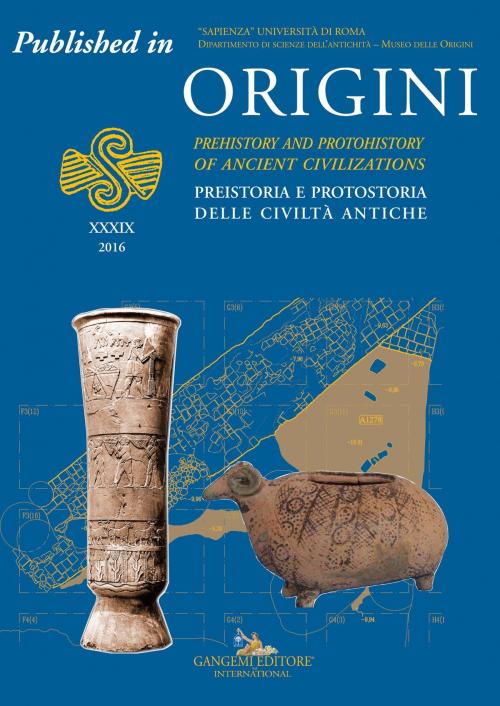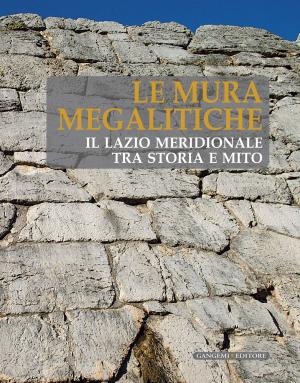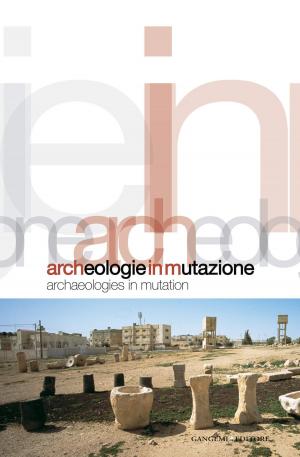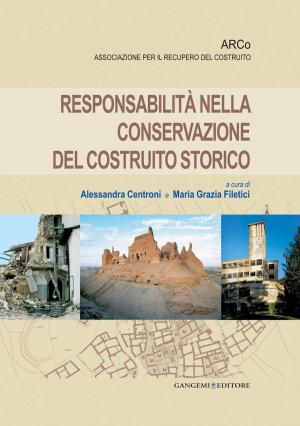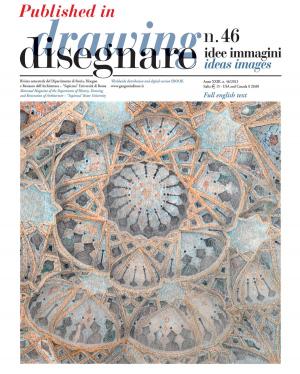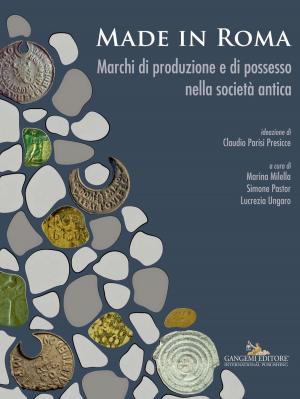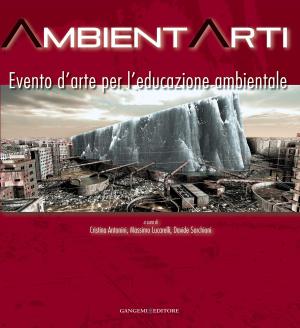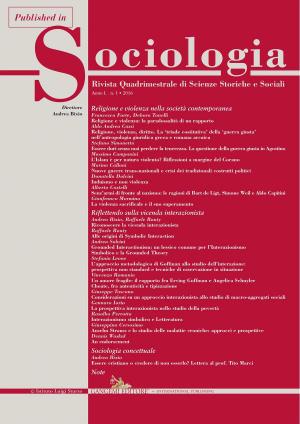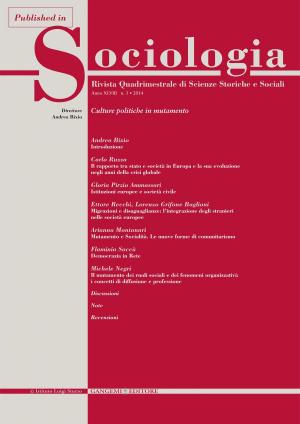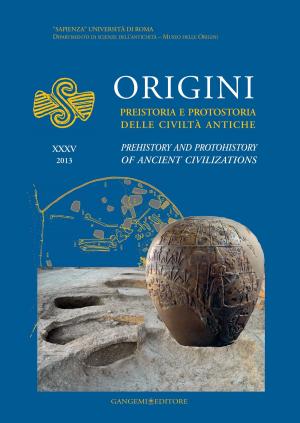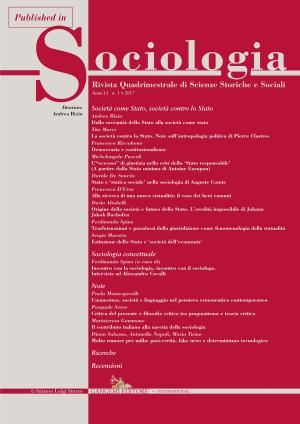The elephant remains from Gavur Lake (South-Eastern Turkey). Restoration and display
Published in Origini n. XXXIX/2016. Rivista annuale del Dipartimento di Scienze dell’Antichità – “Sapienza” Università di Roma | Preistoria e protostoria delle civiltà antiche – Prehistory and protohistory of ancient civilizations
Nonfiction, Social & Cultural Studies, Social Science, Archaeology, Anthropology| Author: | Fabio Parenti, Coskun Köysu, Ebru Albayrak, Nadine Mine Yar | ISBN: | 9788849248425 |
| Publisher: | Gangemi Editore | Publication: | September 29, 2017 |
| Imprint: | Gangemi Editore | Language: | English |
| Author: | Fabio Parenti, Coskun Köysu, Ebru Albayrak, Nadine Mine Yar |
| ISBN: | 9788849248425 |
| Publisher: | Gangemi Editore |
| Publication: | September 29, 2017 |
| Imprint: | Gangemi Editore |
| Language: | English |
Several subfossil skeletal remains of Elephas maximus asurus were recovered in the western part of the Gavur Lake Swamp during drainage works for agricultural purposes in 1975. They are currently stored in Kahramanmaraş Archaeological Museum and in 2010 a new project was proposed in order to exhibit an almost complete skeleton of an “ancient elephant” in its local context. A skeleton was prepared in 2010-2011 by a team of 15 people during ten months of work. This article describes and shows in detail the materials and the procedures as well as difficulties of restoring, joining and mounting the skeleton currently exposed in the main room of the Kahramanmaraş Archaeological Museum. Elephant remains from Gavur Lake Swamp indicate that at approximately 3500 BP the Syrian elephant (Elephas maximus asurus) populated south-eastern Turkey. The present study also offers a preliminary attempt at contextualising these abundant fossil remains of elephantids in the framework of the history of Bronze and Iron Age Anatolia.
Several subfossil skeletal remains of Elephas maximus asurus were recovered in the western part of the Gavur Lake Swamp during drainage works for agricultural purposes in 1975. They are currently stored in Kahramanmaraş Archaeological Museum and in 2010 a new project was proposed in order to exhibit an almost complete skeleton of an “ancient elephant” in its local context. A skeleton was prepared in 2010-2011 by a team of 15 people during ten months of work. This article describes and shows in detail the materials and the procedures as well as difficulties of restoring, joining and mounting the skeleton currently exposed in the main room of the Kahramanmaraş Archaeological Museum. Elephant remains from Gavur Lake Swamp indicate that at approximately 3500 BP the Syrian elephant (Elephas maximus asurus) populated south-eastern Turkey. The present study also offers a preliminary attempt at contextualising these abundant fossil remains of elephantids in the framework of the history of Bronze and Iron Age Anatolia.
